
- The Rise of Customization in Fast Food
- Why Customization Matters to Fast Food Customers
- Examples of Fast Food Customization Options
- How Fast Food Restaurants Are Implementing Customization
- The Future of Customization in Fast Food
The Rise of Customization in Fast Food
In recent years, customization has become a key trend in the fast food industry. Consumers increasingly expect to have the ability to personalize their meals according to their preferences, whether it’s choosing toppings, adjusting portion sizes, or selecting healthier options. Fast food chains, once known for their standardized menus and quick service, are adapting to this demand for more control over food choices.
Customization is no longer a luxury or something exclusive to sit-down restaurants. It has become a staple feature at many popular fast food chains, offering customers a tailored experience that aligns with their dietary needs, tastes, and even values. This shift towards customer-centric options is reshaping the industry and attracting a wider range of customers.

BLT Prime / blt steak new york
New YorkNew York CountyNew York
1032 Lexington Ave, New York, NY 10021, USA
Why Customization Matters to Fast Food Customers
Customization appeals to today’s fast food customers for several reasons. One of the most important is the growing desire for personalization in all aspects of life, including food. People want to feel that their meals are made just for them, and offering customization options allows restaurants to fulfill that need.
Another key factor is health-consciousness. More customers are looking for meals that fit their specific dietary preferences, whether it's low-carb, gluten-free, vegetarian, or vegan. By offering customization, fast food restaurants are able to cater to these diverse needs and attract health-conscious consumers who might have previously overlooked fast food options.
Customization also taps into the increasing demand for transparency and quality in food. Customers today are more aware of what they eat and want to know exactly what’s in their meals. Being able to choose ingredients, toppings, or sauces not only empowers customers but also gives them the assurance that they are making informed decisions about their food.
Examples of Fast Food Customization Options
Many fast food chains have introduced innovative ways to allow customers to personalize their meals. Some examples include:
- Build-Your-Own Burger: Chains like Shake Shack and Five Guys let customers choose from a variety of toppings, sauces, and types of cheese to create the perfect burger tailored to their taste.
- Customizable Bowls: Fast casual chains like Chipotle and QDOBA have expanded their offerings by letting customers customize burrito bowls with a variety of proteins, grains, and toppings, making it easier to cater to different dietary preferences.
- Pizza Customization: Pizza chains such as Domino’s and Papa John’s allow customers to choose from a variety of crusts, sauces, cheeses, and toppings, enabling them to create a truly personalized pizza.
- Salad Bars and Sandwich Customization: Subway has long been known for allowing customers to build their sandwiches to order with a choice of bread, proteins, vegetables, and condiments. Other salad bars, like those at Sweetgreen, let customers design their salads from a variety of fresh, seasonal ingredients.
These examples show how fast food restaurants are embracing customization to meet the growing demand for personalized dining experiences, which can significantly enhance customer satisfaction and loyalty.
How Fast Food Restaurants Are Implementing Customization
Fast food chains are using various strategies to integrate customization into their offerings. Here’s how they’re doing it:
- Digital Menus and Apps: Many fast food chains have embraced technology by incorporating digital menus and mobile apps that allow customers to build their meals before they even reach the counter. Apps like McDonald’s and Chick-fil-A offer easy-to-use customization features, letting users personalize their orders and even save preferences for future visits.
- Interactive Kiosks: In-store kiosks are becoming increasingly common in fast food locations. These kiosks allow customers to select their toppings, sauces, and meal components with ease, streamlining the ordering process while offering complete customization.
- Ingredient Transparency: Many restaurants are adding detailed descriptions of the ingredients in each item, helping customers make more informed decisions. This approach not only builds trust but also ensures that customers feel confident about their food choices.
- Flexible Menu Options: Chains like Starbucks and Panera Bread offer seasonal items and the flexibility to customize beverages and meals, such as swapping out regular milk for almond or oat milk, or choosing gluten-free bread options.
These innovations reflect how fast food restaurants are using technology and flexible menu designs to create a more tailored and efficient dining experience for customers.
The Future of Customization in Fast Food
The future of fast food customization looks promising, with more and more brands integrating cutting-edge technology and data-driven insights into their services. Here’s a look at what’s next:
- AI and Personalization: As artificial intelligence and machine learning technologies continue to evolve, fast food chains may use these tools to predict customer preferences and offer highly personalized suggestions based on past orders.
- Health and Sustainability Focus: There is likely to be an even greater emphasis on health-conscious and sustainable options. As consumers demand cleaner, more ethical food, fast food restaurants will likely expand their customization options to include organic, locally sourced, and plant-based ingredients.
- Voice-Activated Ordering: Voice-assisted ordering is on the rise, making it easier for customers to customize their orders without needing to navigate complex menus. This will further enhance the convenience and speed of the ordering process.
These trends point to an exciting future where customers have even more control over their dining experience, making fast food not only quicker but also more personalized and aligned with modern tastes and values.


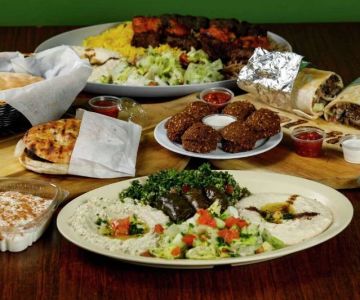
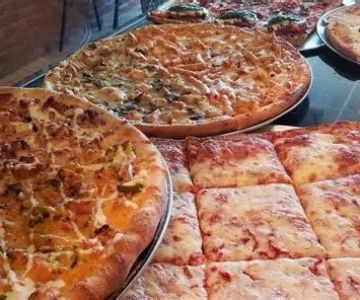
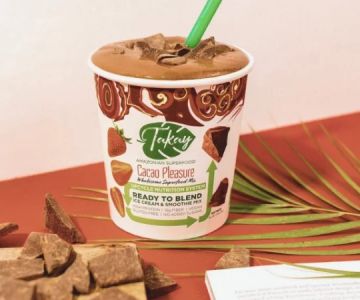

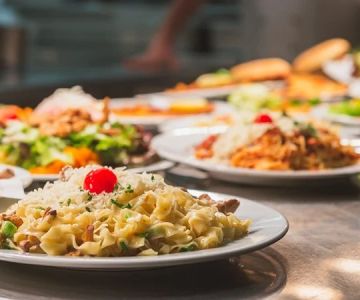

 Overdose Café4.0 (204 reviews)
Overdose Café4.0 (204 reviews) Avenue U Bagels4.0 (351 reviews)
Avenue U Bagels4.0 (351 reviews)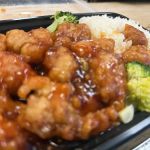 Six Happiness Chinese Restaurant4.0 (284 reviews)
Six Happiness Chinese Restaurant4.0 (284 reviews) Juban4.0 (546 reviews)
Juban4.0 (546 reviews) Emperor Seafood3.0 (282 reviews)
Emperor Seafood3.0 (282 reviews) Han Song Ting3.0 (41 reviews)
Han Song Ting3.0 (41 reviews) How Indian Restaurants Are Highlighting Regional Spice Blends
How Indian Restaurants Are Highlighting Regional Spice Blends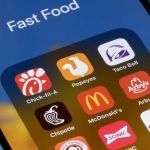 Best Fast Food Delivery Apps in the U.S. and Their Hidden Fees
Best Fast Food Delivery Apps in the U.S. and Their Hidden Fees How Steak Houses Are Reinventing Classic Cuts With Modern Techniques
How Steak Houses Are Reinventing Classic Cuts With Modern Techniques Discovering Pizza Restaurants That Feature International Toppings and Styles
Discovering Pizza Restaurants That Feature International Toppings and Styles How Ice Cream Shops Are Incorporating Global Flavors Into Their Menu
How Ice Cream Shops Are Incorporating Global Flavors Into Their Menu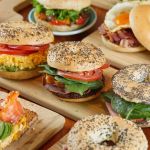 Discovering Bagel Shops That Offer Innovative Sandwich Creations
Discovering Bagel Shops That Offer Innovative Sandwich Creations